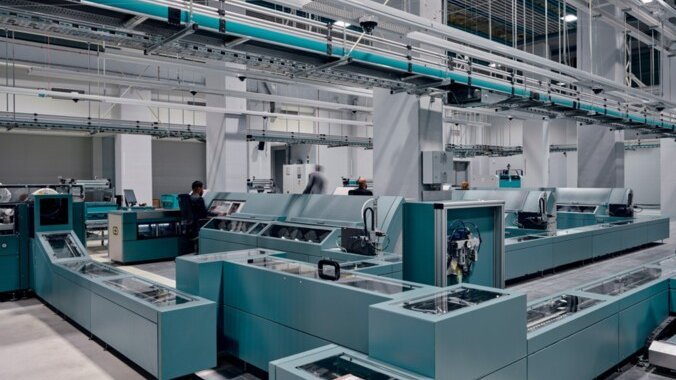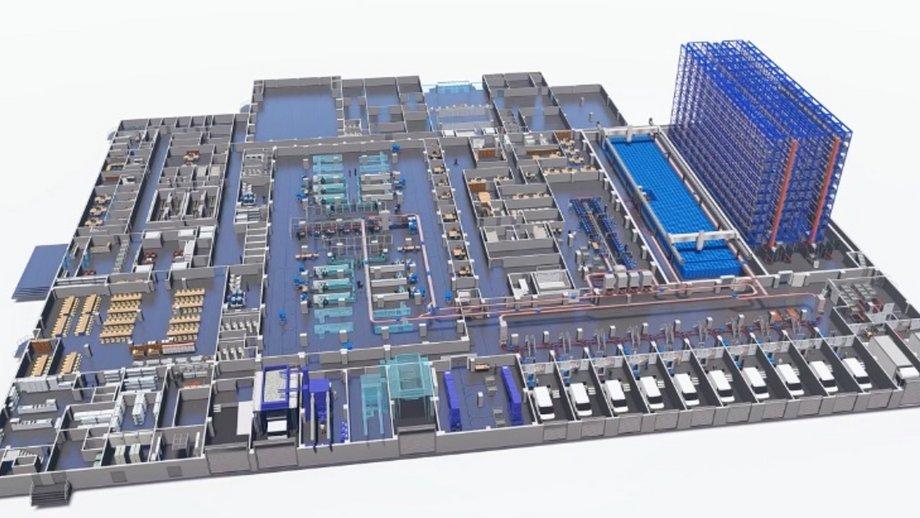It’s a fact often obscured by the rise of digital payments, but cash is still the lifeblood of societies, all around the world.
In recent years, almost every region of the world has seen double-digital annual growth in the demand for cash. And even in highly digitalized economies, such as the euro area, almost 60% of all payments are still made in cash.1
However, ensuring that cash is accessible to everyone at key points along the cash cycle – from retail outlets to ATMs – has become a more complex and demanding challenge.
It’s a challenge that cash centers are embracing. Whether operated by central banks or commercial entities such as retail banks or cash-in-transit companies, cash centers are the beating heart of the cash circulation system, keeping cash flowing smoothly around an economy and making it available where it’s needed. As such, the task of establishing a new cash center or renewing an existing one needs take into consideration not just the cash center’s own challenges but those of the complete cash ecosystem.
Key questions need to be answered to define the scope of such a project: what function will the cash center serve in the cash cycle? What are the local and regional conditions in which it will operate? What are the interdependencies across a broad network of cash-cycle partners? And what are the outlook for and likely development of a given region that need to be carefully considered?
Behind the successful execution of any cash center project lies professional expertise and sound data. That expertise needs to span consultancy and analysis, technical scoping, design, and project management, and be backed by broad and deep experience in the measurement and processes of cash center operations of any size, complexity, and regional situation.
Experience shows that the success of cash center project is dependent on two fundamentals: firstly, tapping into those professional partnerships as early as possible in the project, and secondly, the use of a structured, proven approach that is applied across all the different stages of the journey.





